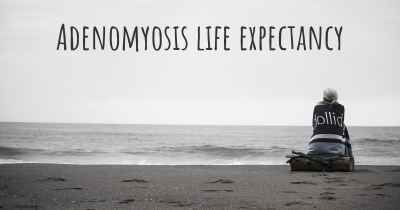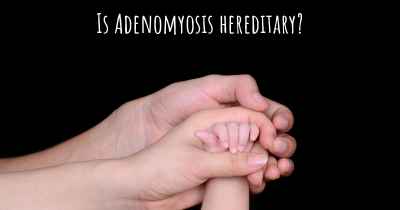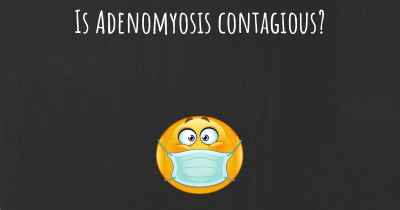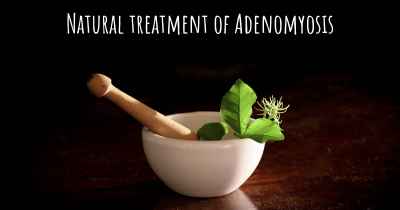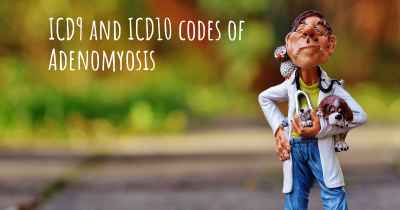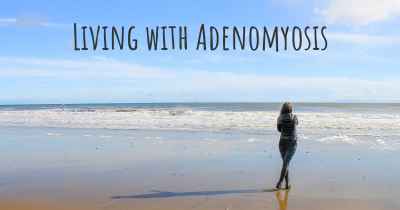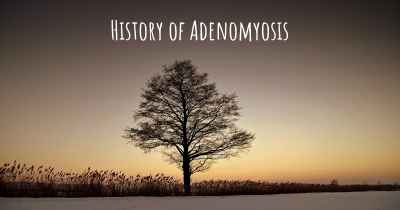Adenomyosis diet. Is there a diet which improves the quality of life of people with Adenomyosis?
Are you aware of a diet that can improve the quality of life of people with Adenomyosis? Is there a diet that is suggested to avoid when having Adenomyosis? See if there is a diet that can improve the quality of life of people with Adenomyosis, recommended and to avoid food when having Adenomyosis
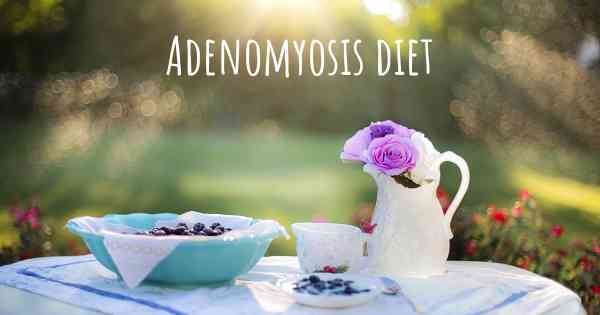
Adenomyosis Diet: Improving Quality of Life
Adenomyosis is a condition where the tissue lining the uterus grows into the muscular wall of the uterus. This can lead to heavy and painful periods, as well as other symptoms such as pelvic pain and bloating. While there is no specific diet that can cure or treat adenomyosis, adopting a healthy and balanced eating plan can help improve the quality of life for individuals with this condition.
The Role of Diet in Adenomyosis
While diet alone cannot eliminate adenomyosis, certain dietary choices can help manage symptoms and promote overall well-being. A healthy diet can support the immune system, reduce inflammation, and maintain hormonal balance, which may alleviate some of the discomfort associated with adenomyosis.
Key Dietary Recommendations
1. Anti-inflammatory Foods: Including foods with anti-inflammatory properties in your diet can help reduce inflammation and alleviate pain. These include fruits and vegetables (especially leafy greens), fatty fish rich in omega-3 fatty acids (such as salmon and sardines), nuts, seeds, and healthy oils like olive oil.
2. Fiber-rich Foods: A diet high in fiber can help regulate bowel movements and reduce bloating, which are common symptoms of adenomyosis. Include whole grains, legumes, fruits, and vegetables in your meals to increase your fiber intake.
3. Lean Protein: Opt for lean sources of protein such as poultry, fish, tofu, and legumes. These provide essential nutrients without adding excessive saturated fats, which can contribute to inflammation.
4. Healthy Fats: Incorporate healthy fats into your diet, such as avocados, nuts, seeds, and olive oil. These fats are beneficial for hormone production and can help reduce inflammation.
5. Limit Processed Foods: Processed foods often contain high levels of unhealthy fats, added sugars, and artificial additives. These can contribute to inflammation and worsen symptoms. Opt for whole, unprocessed foods whenever possible.
6. Reduce Caffeine and Alcohol: Both caffeine and alcohol can exacerbate symptoms like pelvic pain and bloating. Limit your intake of caffeinated beverages and alcohol to help manage these symptoms.
7. Stay Hydrated: Drinking an adequate amount of water is essential for overall health and can help alleviate symptoms like constipation. Aim for at least 8 cups of water per day.
Additional Lifestyle Tips
In addition to following a healthy diet, there are other lifestyle changes that can improve the quality of life for individuals with adenomyosis:
1. Exercise: Regular physical activity can help reduce pain, improve mood, and promote overall well-being. Engage in low-impact exercises like walking, swimming, or yoga.
2. Stress Management: Stress can worsen symptoms of adenomyosis. Find healthy ways to manage stress, such as practicing relaxation techniques, engaging in hobbies, or seeking support from friends and family.
3. Heat Therapy: Applying a heating pad or taking warm baths can help alleviate pelvic pain and cramping associated with adenomyosis.
4. Support Groups: Connecting with others who have adenomyosis can provide emotional support and valuable insights. Consider joining support groups or online communities to share experiences and learn coping strategies.
Consult a Healthcare Professional
While adopting a healthy diet and lifestyle can be beneficial for individuals with adenomyosis, it is important to consult with a healthcare professional for personalized advice. They can provide guidance tailored to your specific needs and help develop a comprehensive management plan.
Disclaimer: The information provided here is for informational purposes only and should not replace professional medical advice. Always consult with a healthcare professional before making any significant changes to your diet or lifestyle.
Posted Mar 20, 2017 by Kate 1000
Posted Sep 10, 2017 by Marissa 2010
